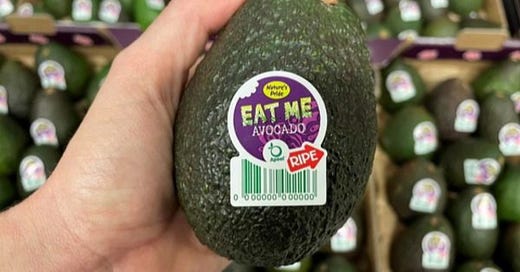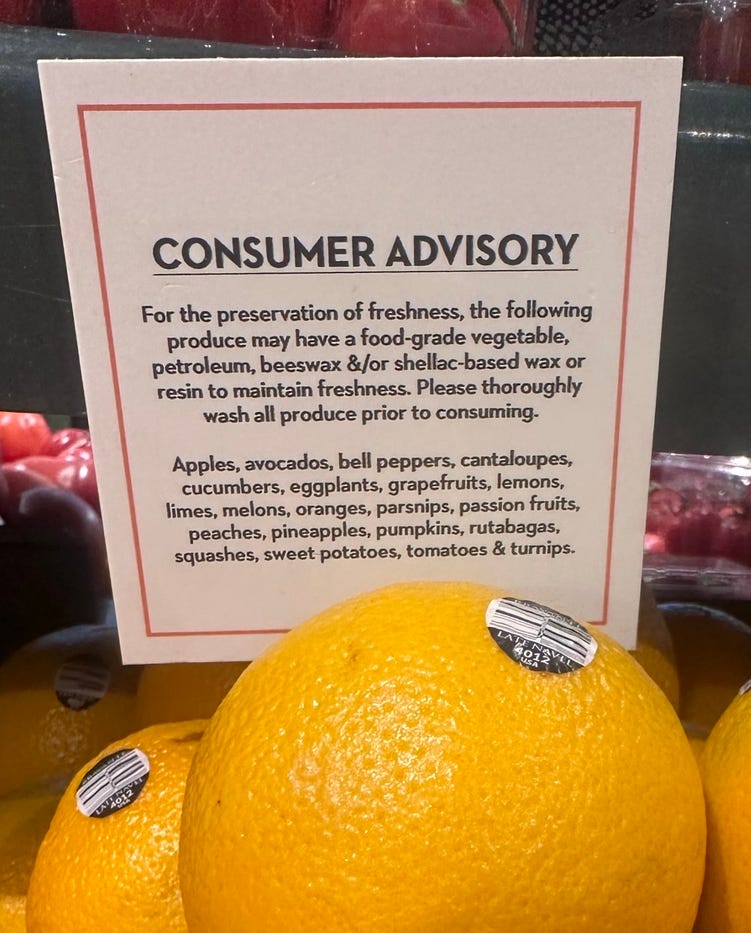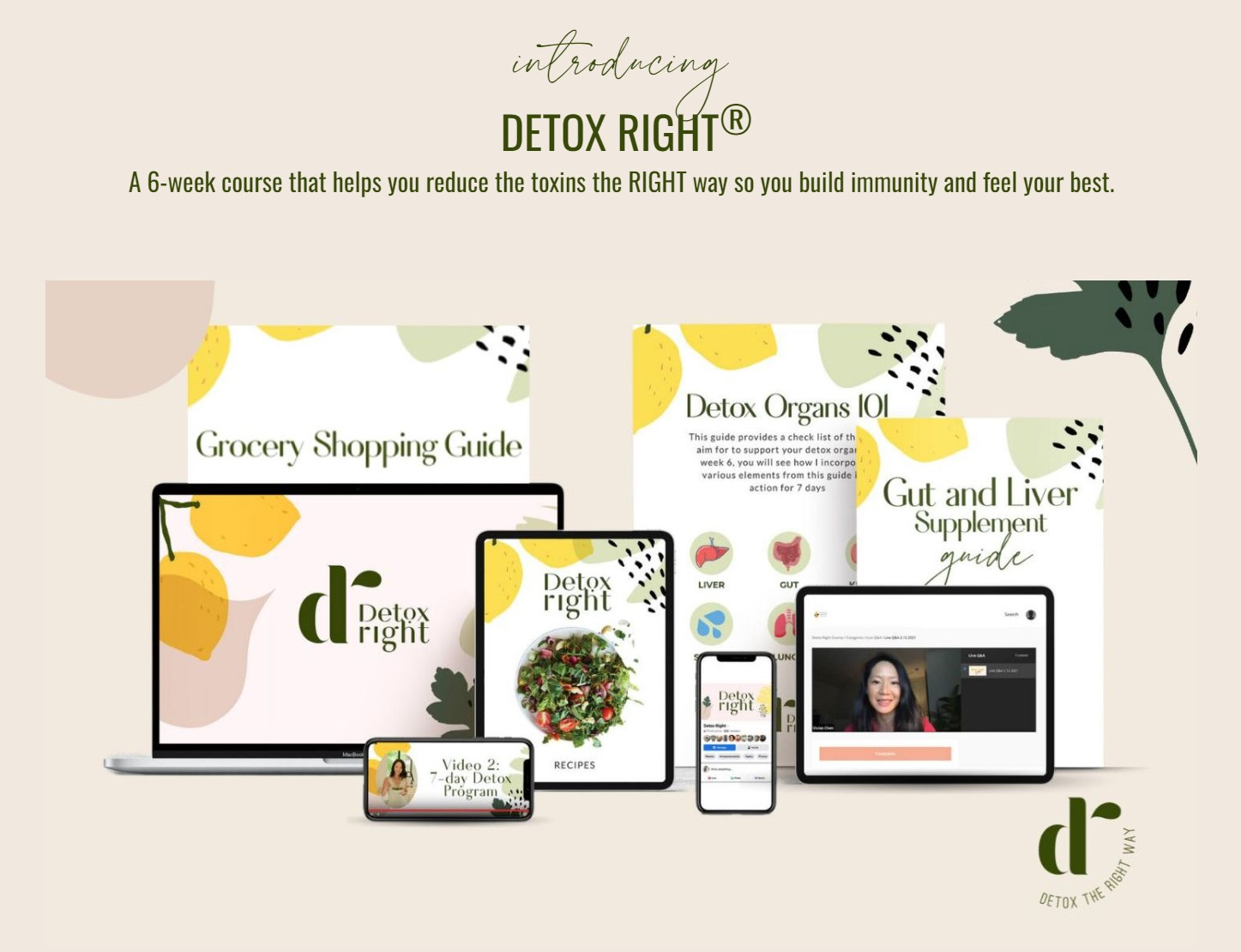Is Apeel safe?
What is Apeel? Is it safe? A well-researched investigation into Apeel with practical tips for consumers.
Many people have reached out and asked my opinion on Apeel soooo I did some digging.
Unfortunately, the internet is rife with sensationalized misinformation to create clicks.
Most blog posts I came across had conflicting information, and I did not find them helpful. I spent 6 weeks researching, and reading (in my spare time, I was not paid by Apeel, or anyone for that matter). After numerous attempts to get answers by emailing them, I was able to schedule an interview with the founder of Apeel and that's when I had more clarity - hope you find this useful! [note: the information is accurate to my knowledge as of Sept 16th - we all know that companies change their practices sometimes].
Who is Apeel?
Apeel is a company founded in 2012 by James Rogers and Jenny Du, and Louis Perez (Ph.D scientists out of the University of California Santa Barbara), that produces edible coating for certain fruits and vegetables to make them last twice as long. Their goal is to reduce food waste.
The company started with a $100,000 grant from the Bill and Melinda Gates foundation (Note Bill Gates does not own Apeel - co-founder Jenny Du, who I spent 1 hour on the phone with, told me he doesn’t even own a single share and has no involvement in the company, contrary to popular misinformation on the internet).
Since then, Apeel has received $600+ million dollars in funding from many different foundations and investors.
What is Apeel?
Apeel, the company, has two commercially available products:
Edipeel - a coating used on conventional produce.
Organipeel - a coating used on organic produce
Both are coatings applied to the outside of fresh produce to keep the food fresher for longer. It does this by reducing water evaporation and oxygen getting into the food to cause oxidation.
They’ve ACTUALLY been around for a few years - so why the sudden explosive interest?
Because social media/bloggers mistook them for a cleaning product in the UK also with the name Apeel, and claimed that they are super toxic. Herein lies the problem. These misinformed posts went viral, and clouded Apeel in negativity.
Apeel is approved by regulatory agencies in more than 70+ countries, and is currently used in more than 10 countries worldwide. In the EU, it is only allowed on fruits with non-edible peels e.g. orange, and avocado, because they are more restrictive about allowing food additives on fresh produce.
There’s never smoke without fire though....
When I first did my digging, I must admit, I had a negativity bias towards Apeel too - because there were things that JUST didn’t make sense to me:
Why was Organipeel registered with the EPA as a fungicide?
Why is citric acid listed as the active ingredient when mono- and diglycerides are the ingredients preventing water loss/oxidation?
I was SO confused by all the conflicting information. This is why I emailed them a few times to get answers. I finally got through via Instagram DM and, to their credit, they offered me a phone call with their founder, Jenny Du, to get my questions answered.
Before I share what I found - here’s some food for thought (pun fully intended ). Wax or other food coating has been used on fresh produce for a VERY long time. Some of the waxes used are derived from petroleum (no, thank you!). Even organic produce can be coated with wax as long as they are derived from ‘non-synthetic’ sources - so if you thought your organic food was uncoated, think again. Apeel is NOT the only coating that can be sitting on your fresh produce.
A lot of the post-harvest practices are not declared and shared with the end consumer.
This is why I buy almost all of my fresh produce from my local farmer who I’ve known for 6 years, and hope to eventually grow some of my own food. The degree to which food is tempered in the US is mind-boggling.
That said, I get that there is a HUGE food waste problem. The travesty is that 40% of food produced in the US is thrown away, while 1 in 6 Americans struggle to eat daily, with 23 million living in food deserts and 50 million food insecure - this is heartbreaking.
We have a REALLY BROKEN food system that is FAILING the American people - and from that arose a need to preserve food in order to reduce food waste and feed more people. I live in the SF Bay area where I am fortunate enough to access abundant fresh, locally grown produce - most of you probably have no issues accessing fresh produce either - so, my preference would be not to consume anything with a man-made coating on it, regardless of whether it’s Apeel or wax - but that is not the case for EVERYONE.
So let’s take a deep dive into what it is, and whether it is ‘safe’.
What is it made of?
Fat that is derived from plants.
If you eat processed foods (and let’s be honest, who doesn’t in Western countries?) - you are most probably already consuming the ingredients Apeel is made from in much larger quantities than what is present in the food coating.
Both Edipeel and Organipeel are made with “mono- and diglycerides” (these are small molecules of fat, basically). These are frequently used in processed foods to extend shelf life and as emulsifiers (think ice cream, coffee creamers, baked goods, shortening, margarine, tortillas… the list goes on)
So let’s pull the lens back and consider context - for anyone eating the standard American diet full of these processed foods, Apeel is the least of your concerns. I’d take an Apeel coated apple and avocado over a donut washed down with some ice cream, any day.
What is the difference between Edipeel and Organipeel?
Edipeel - is classified as a food additive. As such, is regulated by FDA and considered GRAS (Generally Recognized As Safe) - yes, I know, GRAS by FDA doesn’t mean much to me either, many GRAS ingredients have been shown to be harmful later. But, I DO think there are bigger problems with conventionally grown produce, namely the laundry list of gut-microbiota-disrupting, hormone-disrupting, neurotoxic pesticides/herbicides than a tiny coating of fat that is Edipeel. That’s my opinion.
Organipeel - classified as a fungicide and as such registered with the EPA. Now this is the product that I was most interested in. Because I spend extra money to buy organic when I can - so if this is allowed on organic produce, and registered with the EPA as a fungicide, I wanted to know that it wasn’t harmful. Otherwise, why spend the extra to buy organic?
What’s the difference between them? Turns out, Edipeel and Organipeel are pretty much the same product with one difference - one of them has citric acid.
Here’s the deal: mono- and diglycerides are not allowed as 'actives' in products used for organic food production i.e. Edipeel is not allowed on organic produce - because the actives are the mono- and diglycerides.
In order to have a product that will work to preserve fresh ORGANIC produce, Apeel needed to make another product. Citric acid is an allowed non-synthetic in organic food (see § 205.605 of the National List) - and is a commonly used preservative.
Apeel added citric acid to Edipeel, and since it has fungicidal properties, registered it with the EPA as ‘Organipeel’ - a fungicide. NOW it is allowed on organic produce. Because the citric acid is active (albeit at a tinsy concentration of 0.66%), the mono- and diglycerides are now considered ‘inactive’ ingredients that serve as ‘carriers’ to allow the distribution of citric acid onto the food surface.
Ah, this all makes more sense now! But the way I see it, mono- and diglycerides still form the bulk of Organipeel - and if these are NOT allowed as active ingredients in organic food production, I personally think it’s a fine line to tread.
Further, if I had to choose - I'd rather choose the mono- and diglycerides as a food coating WITHOUT the citric acid!
Would I choose products with Organipeel on them?
No. I don't have a need…
But are there situations where people can benefit from it?
YES! Its use 'may' mean that food insecure, or Americans living in food deserts now have a chance at eating produce, a far healthier choice than processed foods - so it all depends on where you live, and what you have access to.
Context and nuance matter.
How do I know if my produce has Apeel on it?
A disclosure is required when food has been treated with Apeel products.
However, this can happen in a variety of different ways depending on the format of the fresh produce: it can be on the packaging (e.g. a bag), the side of the carton of loose produce, or on a sign somewhere in the fresh produce section of the store. This disclosure may also describe the ingredients used, instead of the specific brand. It is the responsibility of the supplier and/or the retailer to ensure proper disclosure and we work closely with our supplier and retailer partners to do so.
If you want to know if something has Apeel - the best bet is to ask the store where you are shopping.
Apeel also has a store locator you can look up: https://www.apeel.com/find-us
Can you wash it off with water?
No. It is a fat, and fat does not mix well with water. So in order to get it off, you’d need a solvent. I do not recommend that. The best thing to do if you are worried is just to peel the produce.
This is why I feel strongly that produce that’s been coated should carry a label. Not just for Apeel, but for ALL coatings like wax. I want transparency. If I buy something with a coating on it, I should be told so I can do something about it should I not want to consume it.
Does it get into the flesh of the food?
According to Jenny Du, the founder, they have done studies to show that Edipeel does not seep into the flesh from the skin. How they tested this is by quantifying the amount applied to the peel. Leave it for a period of time. And then use a solvent to dissolve what was left - and they find that the amount left after a period remains the same - the conclusion drawn from this by them is that nothing seeped into the flesh, or the quantity remaining would have decreased.
Does it actually preserve the nutrient profile? Or does it just make the food look better?
One of the functions of the coating is to prevent oxygen from getting into the food i.e. it reduces oxidation, which is one way the nutrient profile of food degrades over time. They tested the vitamin C level of blueberries and found that blueberries with Apeel applied as a coating had higher vitamin C than those without the coating i.e. it did seem to preserve nutrients, not just the appearance of the produce.
Do they use solvents and heavy metals in the manufacturing process?
According to founder, Jenny, when they were first conducting proof-of-concept experiments in their garage, they did use solvents to extract the mono- and diglycerides - this is because the quantity was so small. Du shared that they now buy the mono- and diglyceries from suppliers who use distillation as a method of extraction - this process, according to her, does not involve solvents or heavy metals.
They actually test for pesticides, and heavy metals too - and according to them, comply with EU standards - which I do like the sound of because it is more stringent than our FDA standards. Here's the latest testing data I requested and they openly shared with me:
If you’ve done my course Detox Right, you’ll already know how to interpret these numbers from module 2 - test reports have to be interpreted with context in mind - how often are you consuming, how MUCH are you consuming.
Given these coatings are very thin and represent super TINY amounts, it is unlikely with these numbers in the table, that you'd exceed even the most stringent CA prop 65 limits for heavy metals by consuming Apeel coated foods - but you have to make that call yourself because it depends on YOUR context, what you eat and how much. I'm just stabbing at an average consumption here.
Conclusion
Apeel is not something I’d want on my own food personally - however, it might be useful in certain scenarios to help reduce food waste & feed more Americans.
In the grand scheme of a hugely broken food system riddled with pesticides, other harmful additives, and ultra-processed foods that are contributing to chronic disease, Apeel really is not top of my list as a concern, and I do feel it has been somewhat unfairly demonized by the internet on baseless claims (like mistaking it for a cleaning solution in the UK).
That said, if you, like me, already consume a healthy, whole foods-based diet, have easy access to fresh produce, and are trying to reduce your exposure to contaminants/additives in your food - it’s probably a good idea to avoid (not just Apeel, but any type of coating, including wax). You can do this by shopping at your local farmer’s markets, and asking the grocery store you regularly purchase from if their produce is waxed or coated.
If I was traveling and could only access Apeel-coated fresh produce, I would not worry about it - remember, it is not one thing or one day that makes or breaks our health. It’s what we are doing 80% of the time that matters. Focus on the big picture, and don’t forget to enjoy life too!
I also support my detox organs via science-backed methods in my course, Detox Right, so I don't have to live in fear and constant worry.








